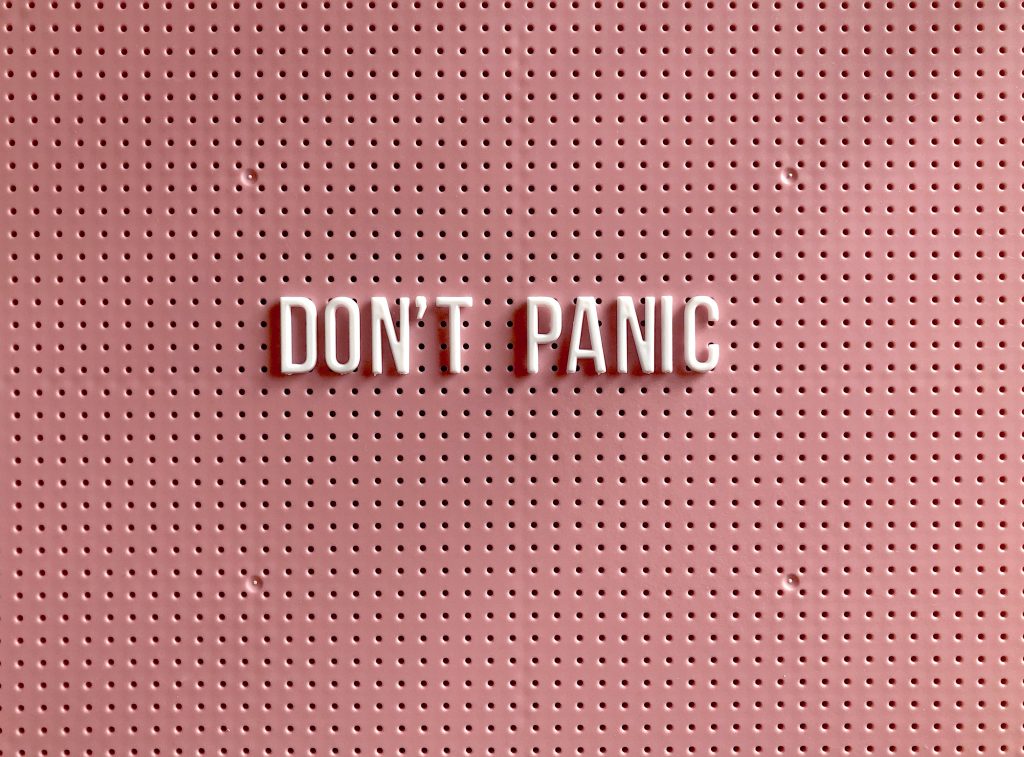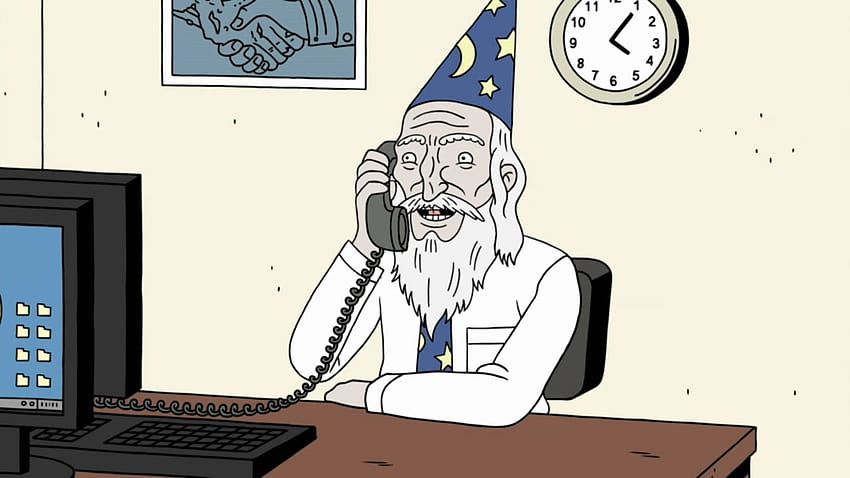Well-being, an overused and cringy phrase. My toes curl writing it and I will soon have a degree specialising in the matter. What has ruined it are the stereotypes and schemas we or mostly I have assigned to the idea of well-being. White men cresting hills, lonely women laughing at salads, finding yourself on a beach in Goa, chakras, crystals, oh the crystals. It almost seems something that only well and affluent people do.
The academic side of well-being focuses on behaviour change, health inequalities and health promotion campaigning which I am all about, especially models of behaviour change which allow for relapse. Well-being from a social scientist’s perspective looks holistically in the true sense, biological, psychological and sociological elements to a person’s existence. Looking at the bigger picture of the why’s and how’s and again, I like this, this accepts there are elements beyond our control such as our immediate environment and inequalities, even events which took place whilst our bodies were forming. It looks at our locus of control and focuses on what we can realistically change or nurture within ourselves. So yes, even science prescribes gentle kindness for our pursuit of “feel good”.
I have seen the “well-being” phrase thrown around and it does seem a buzz word, it gets boxes ticked. There is nothing like a good slice of workplace well-being to shirk accountability in a toxic organisation. “Now we’ve shown you how to thrive when overworked and underpaid we expect you to take full responsibility for your own misery”. It does have a dark side.
Mass inequality exists in the well-being world and white men do crest hills more than others. There are a lot of fitness apps made by white men for white men, meaning the fit get fitter but that is a whole other post. Meanwhile us underlings out here are exposed to the well-being tropes which exist for a reason. Mention “holistic” and people often think of salt lamps and hemp pants (which I enjoy), it does just mean biopsychosocial. It is sad that such a word is considered wild and fringe” implying that being kind to ourselves is so whacky.
“Well-being practitioner” is an extremely vague term. I recently, for science, did a dive into the online world of said practitioners and yes, I found crystals, Reiki, tarot and women’s circles. I’m not saying these can’t make people feel good, connecting, learning and mindfulness are some of the pillars of wellbeing and if you get something from that then great. Gravy is not evidence based but is fundamental to my well-being. My issue is that spirituality can not and should not be prescribed. Anyone can claim to be a well-being practitioner and charge people for their services, which I find odd as counsellors and therapists have an ethical code and legal responsibility. Life and sports coaches still have framework and accreditation.
Well-being is open to interpretation varying from the exclusive and inaccessible to the genuinely questionable but in the spirit of finding balance here is what works for me. I am a fan of the five pillars of wellbeing (movement, connection, mindfulness, giving and learning), promoted by the NHS. It’s a good humanistic way of explaining well-being in a world dominated by the medical model. I joined a choir to try something new and branched all five pillars; this felt like a quick win and left me buzzing. In fact, many activities can meet these targets, going for a walk with friends and sharing a picnic meets the criteria. Feeling Good shouldn’t cost much, well-being should feel empowering and beyond the grasp of white coats and exotic retreats.
Applying the transtheoretical model of behaviour change to life has done wonders. Other models do not accept that relapse is a normal or healthy part of recovery or improvement with any behaviour. Look at weight watchers, drug and alcohol or mental health support groups. It is very all or nothing. If you re-engage in unwanted behaviour or take a step back on your journey then all your work is “ruined”, and you must start from the beginning. Transtheoretical approach embraces and plans for relapse. It is about getting the most out of your good days and when you splurge or binge it is in a more controlled way. The Noom app uses this model and I found that helpful.
How does this work for me? It’s not about being “on it” all the time as that is really damaging. Look at the concept of moving more. Some folk start by blasting the gym for hours every day and very quickly become sick, then we hate ourselves for “failing” and give up. For me it is just about doing a little more than I usually would daily. Quite a kaizen approach to changing my lifestyle or behaviour.
I do get bored very quickly. So, I like to try new things. I signed up to the gym knowing I will be tired of it in a month’s time. But a month is better than never. Then maybe I will try some climbing, then a six-week stint of dance class. It is not about being perfect at something, it is about moving more and staying interested in activity and that works for me. If I have a day where I don’t meet my step’s goal for instance, my progress so far is not damaged if I have one day in the house being a living slipper, in fact I fully embrace the day.
You may love long-term goals and commitment to a hobby, some folks thrive on that. It’s about discovering our own motivations. This approach is about storing positive actions in the bank for the days when we are done and don’t have to feel guilty, and this works very well with how we eat too. There is no blanket approach to health or well-being, and this is why I feel something as large as the NHS struggles to deliver preventatives or early intervention as every individual has their own needs, goals and barriers to change.
Well-being is about what you need to feel good, making minor changes for life course intervention, going beyond our basic physiological and safety needs. It is difficult to talk about well-being without mentioning activism and inequalities as people in the UK don’t have said needs met. There is a capitalistic element to the world of well-being and poverty plays a big part in health inequality.
Growing up in 1990’s, working class suburbia may play a part in my distaste for the term. People were busy clinging on to the planet, the concept or forethought of long-term health considerations would be scoffed at. My mother taking time out from her 84-hour week to try massage or my dad working offshore, ditching the rum to re-align his chakras is other worldly (Although I would like to see that movie). With hindsight it would have done them a lot of good.
Everyone has different expectations and abilities. Personally, the bar is lower, and quite often my well-being practice is a question of coping over thriving. I walk for sanity before wellness. But I must do it as part of my well-being practice
I recently watched the Netflix show “Wellmania” based on the book by Brigid Delaney. It has a complex female character, Liv and fully sums up the transtheoretical model. No spoilers, but it shows that over time her slight changes and adaptations create better outcomes for Liv, despite her imperfect ways. It shows a good example of how psychogeography implicates our behaviours too. But it is also ridiculous and silly and full of feels, A character experiencing most of the stuff I talk about on this blog, an amplified battle between “good” and “bad” behaviours. I’d say a Yoga & Chips top pick.
Lastly, I will leave you with a thank you for returning and reading my words. Please comment and tell me what well-being looks like for you. What do you think of when you hear “holistic”?



